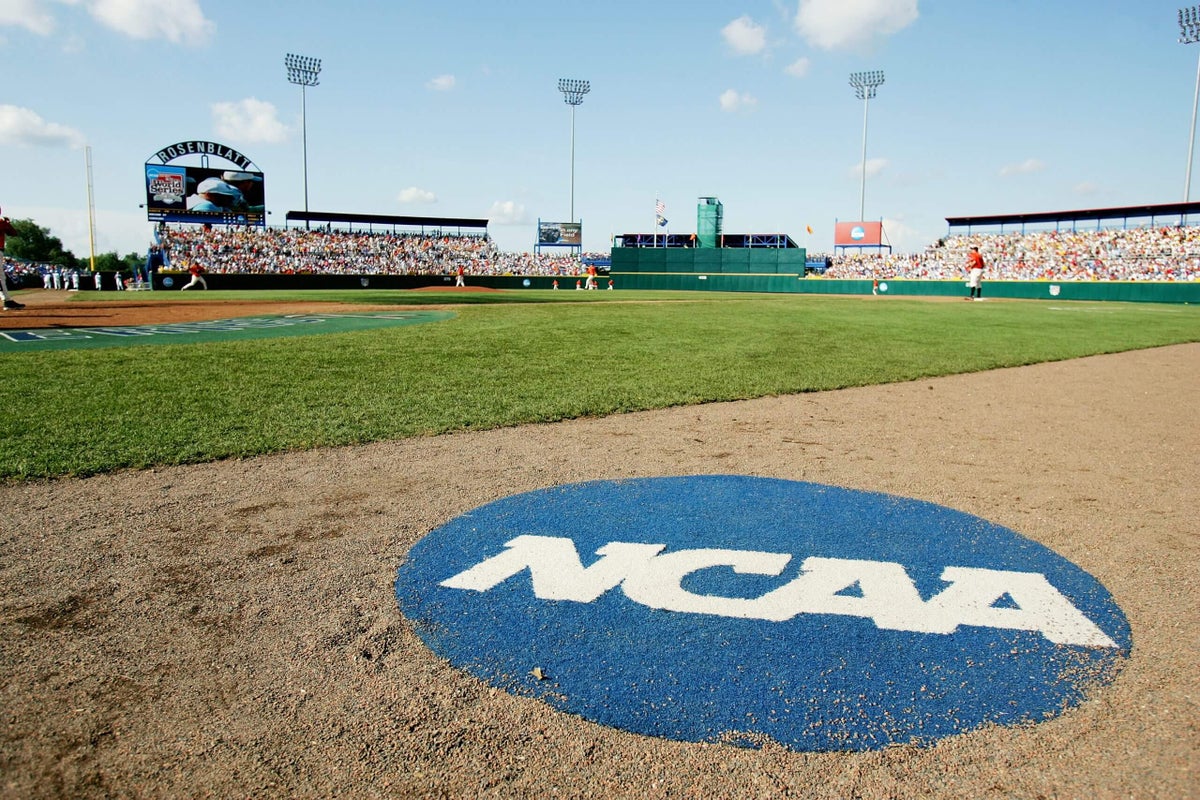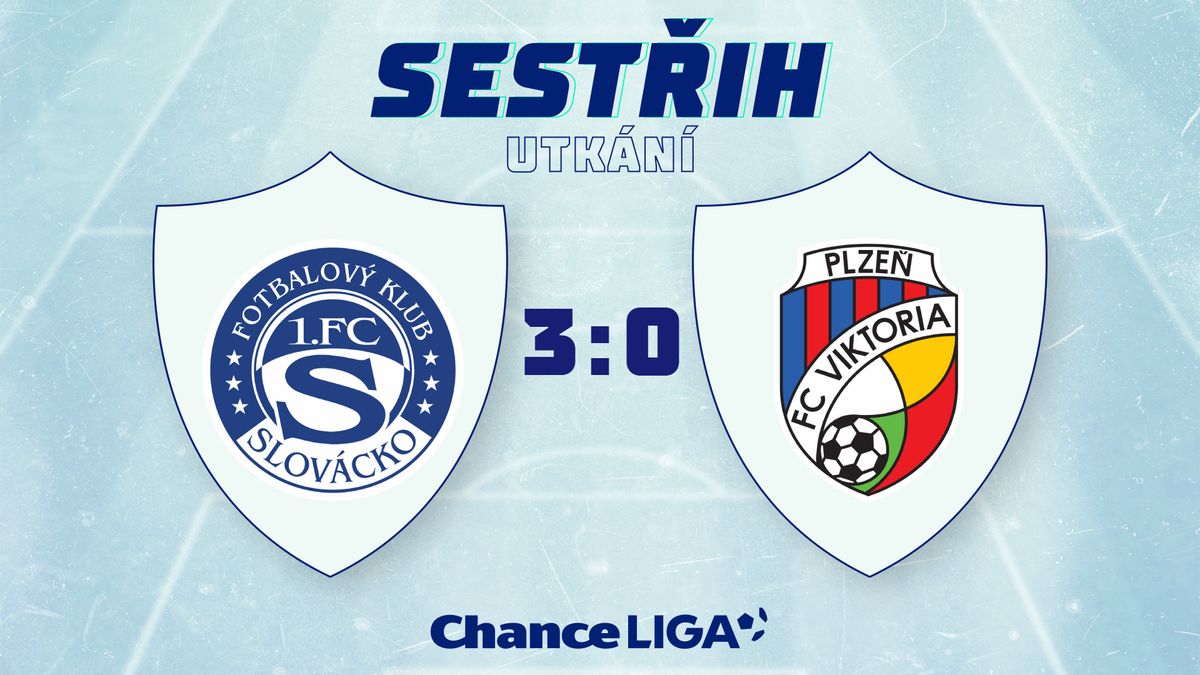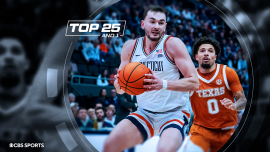

The NCAA Division I Board of Directors cleared the way Monday for schools to begin directly paying college athletes, pending approval of a massive antitrust lawsuit settlement, by signing off on nine proposals that will rewrite the NCAA rule book.
The proposals cover various potential changes related to the terms of the $2.8 billion House settlement, including eligibility standards, name, image and likeness (NIL) compensation and regulation, switching from scholarship limits to roster limits and the creation of a new enforcement arm for college sports that operates outside the NCAA.
Advertisement
The settlement of three antitrust lawsuits facing the NCAA and five major conferences — the ACC, Big Ten, Big 12, Pac-12 and SEC — includes an agreement by the association to lift its longstanding ban on direct payments to athletes from schools and to allow any school that opts in to the terms of the deal to begin sharing $20.5 million per year with its athletes starting in August.
Schools have until June 15 to decide whether to opt in, the NCAA said.
In all, 153 rules will be eliminated from the NCAA handbook if Judge Claudia Wilken gives final approval of the settlement, NCAA officials said.
Wilken granted preliminary approval of the settlement in October and hinted two weeks ago that she seems likely to grant final approval.
These proposals, which would go into effect AFTER the settlement is approved, would eliminate 153 rules from the NCAA handbook. https://t.co/kddyXbU2LL
— Ralph D. Russo (@ralphDrussoATH) April 21, 2025
During the hearing, Wilken heard objections to the settlement and raised a number of her own questions. She suggested exemptions or “grandfathering” of roster spots for all current college athletes under the settlement.
“I think (the settlement) is worth pursuing and I think some of these things could be fixed if people tried to fix them, and that it would be worth their while to try to fix them,” Wilken said.
Roster limits were the most notable point of contention during the hearing. By replacing the existing scholarship limits, the new roster sizes will expand the overall number of scholarships schools can offer; it will also reduce the number of walk-ons or partial-scholarship spots available in certain sports.
Lawyers on both sides of the agreement addressed those questions in a joint brief filed last Monday night.
The NCAA and major conferences were unmoved. Last week’s brief did not propose any change, and instead explained why the settlement parties believe roster limits are a positive for college athletics.
— The Athletic‘s Justin Williams contributed reporting.
(Photo: Doug Pensinger / Getty Images)
This news was originally published on this post .












Be the first to leave a comment